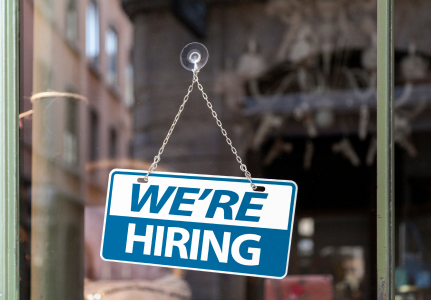Impact of the Demographic Shift on the Labour Market
The ageing population leads to more people leaving work than joining. The average age of workers is increasing, which requires new strategies.
Labour shortage
The demographic shift creates a squeeze on the labour market with more people retiring than joining the labour market.
Lack of data
An aging population results in an older available pool of talent, which has different expectations towards their employer.
Age Friendly Workplace
Retaining people in the workforce for longer needs to become a primary human resources strategy.
The demographic transformation, is not only moulding societies but also changing the global job market. As populations tilt towards the older spectrum, there emerges a pressing need to ponder the implications for labour availability. Junoverse helps organisations of all shapes and sizes to address issues and opportunities such as labour shortage, lack of data, and the Age Friendly Workplace ethos.

LABOUR SHORTAGE
The shift towards an ageing populace inevitably results in an upwards shift of workforce average age. As baby boomers retire, also fewer new workers are joining the workforce. This shift poses a real threat of worker scarcity across diverse sectors.
This is where Workforce Longevity strategies play a key role. Industries can effectively close the workforce gap by implementing new policies. A focus on longer working years and leveraging the expertise of older employees are options to evaluate.
Skill Gaps
Seasoned workers’ retirement creates a vacuum in knowledge and expertise in certain niches. The latent risk of insufficient skill transference looms large, potentially hindering organisations’ vitality. Employing AgeTech (Workforce and Technology) tools can be transformative. Sophisticated platforms that facilitate knowledge transfer from retiring experts to their younger counterparts can ensure seamless transitions and continued organizational excellence.
It is important to identify organisational units that might suffer from a drain in expertise. Workforce Analytics are an important tool to uncover potential Compliance and People Risk.
Economic Impact
A shortage of workers can hinder progress and productivity, slowing economic growth. Organisations might grapple with escalating labour costs, a ripple effect that might make products and services pricier. Instituting Engagement and Productivity programs tailored to the evolving workforce can re-energise employees, fostering innovation and boosting output. Succession planning is crucial for organisations to guarantee consistency and reduce Compliance Risk.
LACK OF DATA
Inadequate Labour Market Forecasting
A panoramic view of the ageing workforce is important for labour predictions. A lack in this area pushes businesses to use unplanned strategies. This makes them less flexible when dealing with changes in population.
Here, Workforce Analytics proves invaluable, providing actionable insights that empower businesses to be proactive. Ensuring adaptability in a fluctuating labour landscape keeps organisations competitive.

Misconceptions about the Senior Workforce
Absence of nuanced insights into the elder workforce can germinate age-related stereotypes. The cost? Possible underuse of a wealth of expertise. Integrating Diversity, Inclusion, Equity and Belonging (DIEB) strategies can dismantle these myths. Celebrating the capabilities of senior workers and crafting an inclusive work environment will keep companies ahead of the competition.
Policy Formulation
For effective labour-related policies, governments and institutional bodies need unerring data. A lack of data can lead to policies that, while well-intentioned, might miss the mark. To mitigate People Risk, HR Technology, can furnish the requisite data, ensuring policy formulations are data-driven and effective.

AGE FRIENDLY WORKPLACE
Leveraging Experience
The ethos of an age-friendly workplace transcends mere adaptation—it’s about reverence. The treasure trove of experience possessed by older professionals can amplify mentorship initiatives, sound decision-making, and a nuanced organisational ethos.
Leadership and Culture principles ensure that we not only acknowledge but also harness this experience for organisational growth.
Need for Adaptation
With a more senior workforce, the clarion call is for businesses to foster age-friendly ambiances. Inadequately catering to the ageing workforce poses inherent Compliance Risks for employers. We need tailor-made solutions for all employees.
Retention and Attraction
Workplaces attuned to the needs of older employees not only retain wisdom but magnetise seasoned talent. This ability to change leads to a strategic advantage during labour crunch periods. Offering Rewards and Benefits that resonate with the senior workforce can be a linchpin in creating such an environment.
The demographic evolution demands a fresh look at the labour supply dynamics. Institutions and businesses need to adapt and invest in creating a good work environment for older employees. By following the correct actions, we can conquer obstacles and gain advantages from having a skilled and age-diverse workforce.